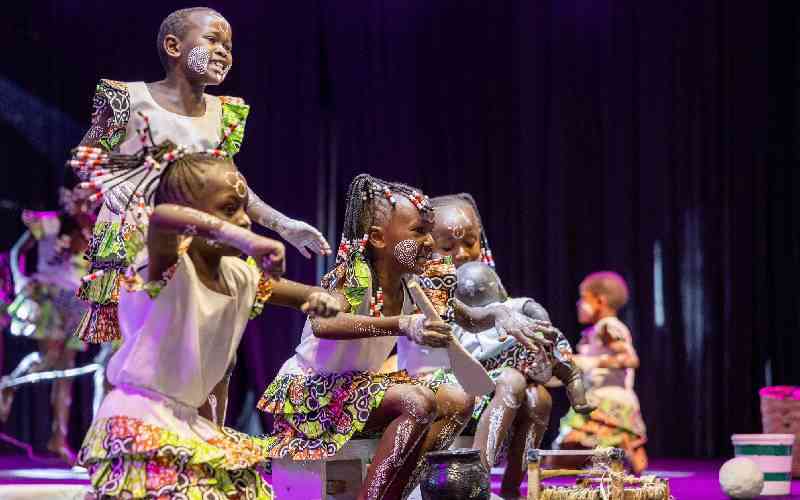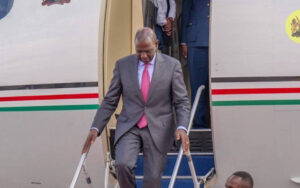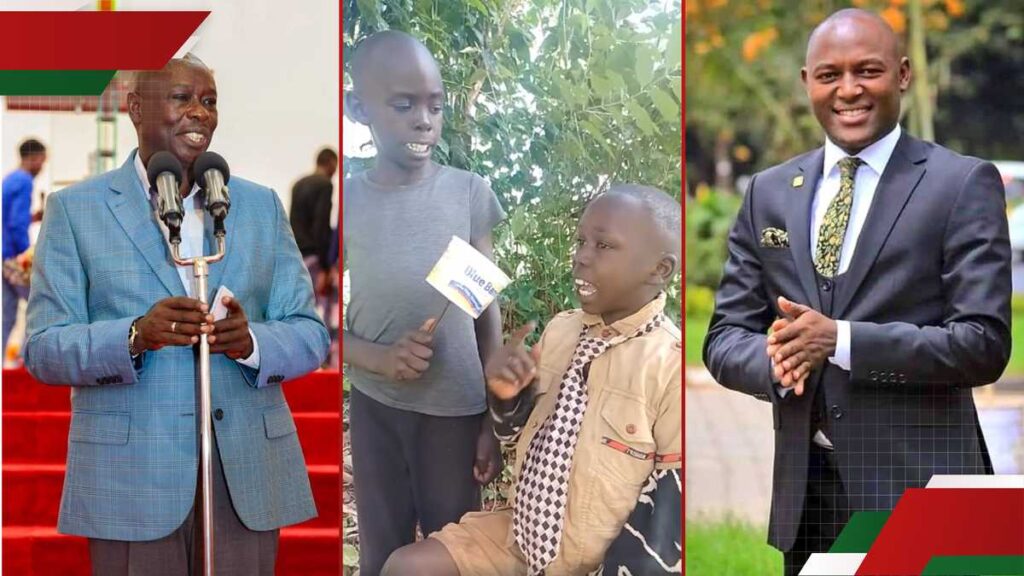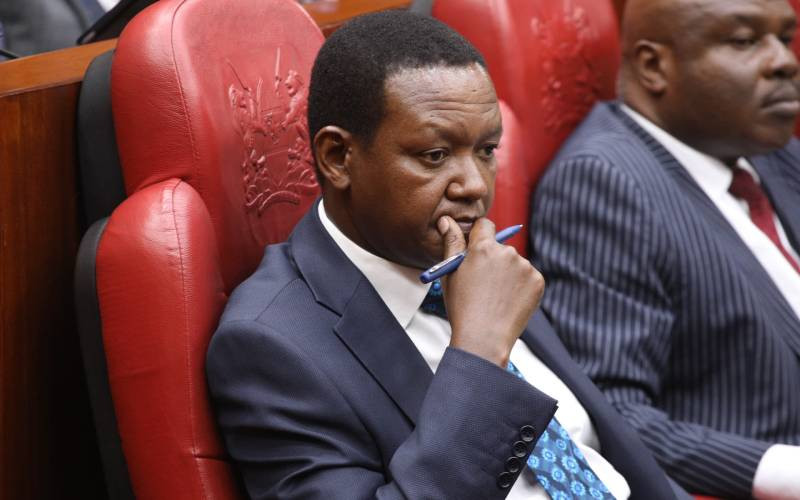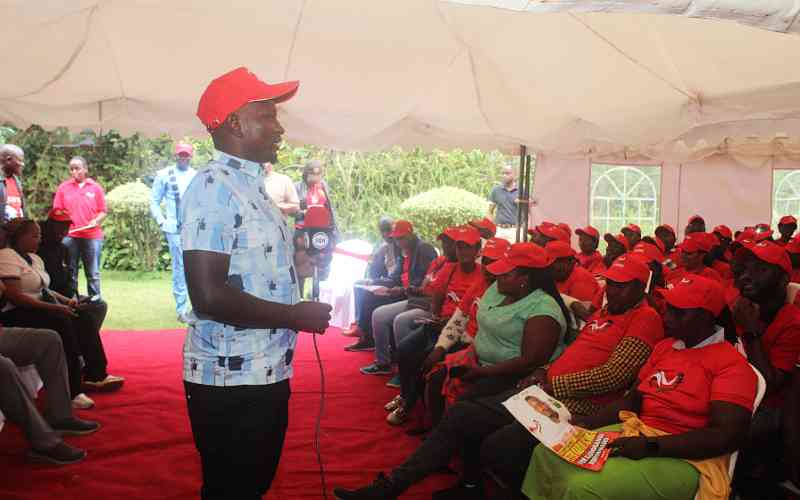When the curtains fell on the just-concluded Kenya National Music Festival, one statistic stood out starkly: of the 140,000 learners who took part, only 45,000 were boys, compared to more than 95,000 girls.
For parents, teachers and policymakers, the imbalance underscored a deeper concern about the boy child’s place in Kenya’s evolving education system.
According to Kenya Music Festival chairman Fredrick Ngala, unless urgent action is taken, boys risk being left behind as Kenya transitions to Senior Secondary School next year.
He was speaking at Sagana Lodge during a State Concert graced by President William Ruto, where the low turnout of boys became a rallying point for broader questions about equity as learners prepare to enter three senior secondary pathways — STEM, Arts and Sports, and Social Sciences — next year.
Teachers have long observed that girls outnumber boys in music competitions, but the widening gap has raised concern. Out of more than 600 classes showcased this year, most were dominated by girls, who excelled in categories ranging from folk songs to gospel pop.
James Maina, a choir trainer from Central Kenya, said the imbalance is now impossible to ignore.
“It is rare to find a mixed choir with half male singers, but easy to get a choir with three-quarters female singers. Boys are pulling back, and the girls are taking the stage,” he said.
Several girls’ schools claimed top honours across the regions, with Karen C Girls, Precious Blood Riruta, Moi Girls Nairobi, Nyamira Girls, Tigoi Girls and St Joseph’s Kitale Girls cementing their dominance.
“Most classes in the festival favour girls. It is difficult for boys to compete fairly with their female counterparts on renditions,” noted Alex Nduta, a festival trainer who believes boys may need sponsored classes separate from girls to nurture their talent without undue pressure.
Part of the challenge, educators argue, is physiological. “It is easier for female students to master lines quickly as compared to males. And as boys struggle with voice break, girls face no such challenge,” Prof. Ngala explained.
This natural hurdle has discouraged many boys from actively taking part in performing arts.
The risk, he warned, is that unless deliberate interventions are made, the boy child could be sidelined during one of the most transformative phases of Kenya’s education reforms.
Deputy President Kithure Kindiki underscored the importance of striking balance across the upcoming pathways.
Stay informed. Subscribe to our newsletter
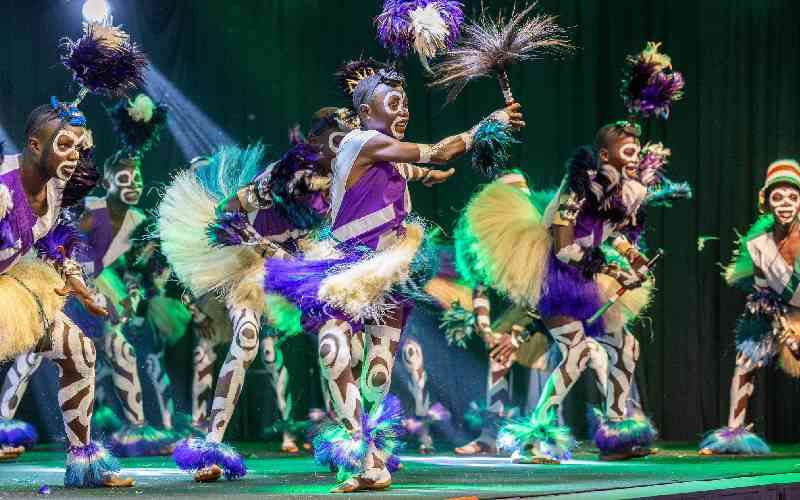
“STEM may build the country’s hardware, but arts and sports speak to our souls, while social sciences help us understand how to coexist as a society. Each of these pathways is equally important for nation-building, and we must defend and support them all,” he said.
The festival also highlighted areas of growth. Teacher participation has increased significantly, with 3,920 female trainers now involved, up from 2,000 a few years ago. Learners with special needs also recorded a milestone, rising from 2,700 last year to 5,200 this year. Universities expanded their involvement too, with 26 institutions taking part compared to just eight previously.
Yet, for Prof. Ngala, these gains cannot overshadow the looming gender gap in arts participation.
For parents like Esther Mwikali from Machakos, whose son once loved singing but dropped out of choir after his voice began to break, the concern is deeply personal.
“He felt embarrassed when his voice cracked during rehearsals. Eventually he gave up, even though he loved performing,” she said.








